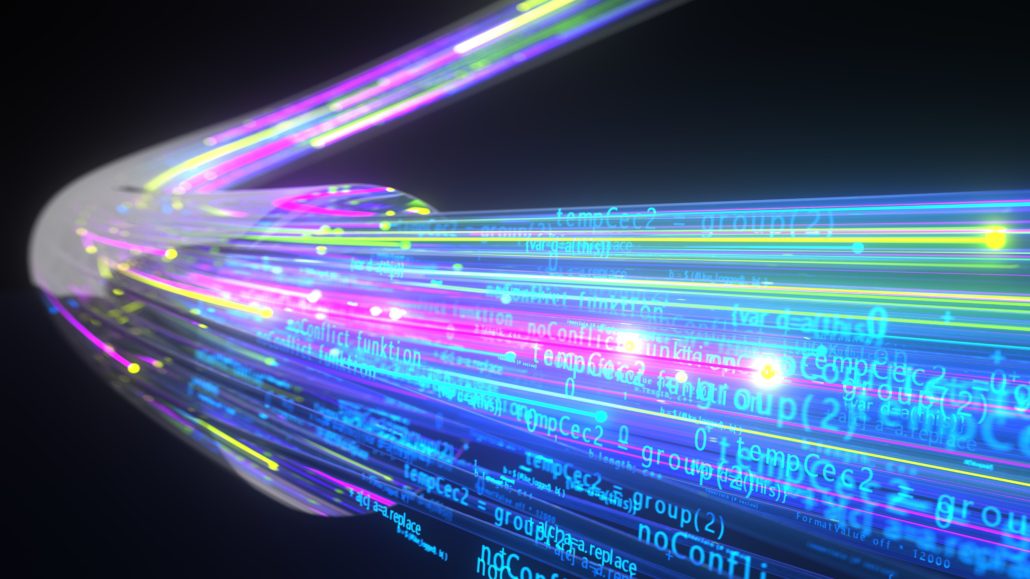
Submarine cables are the backbone of the Internet and many other communication networks, connecting countries and continents around the world. As we rely increasingly on digital communication for business, financial and personal needs, the submarine cable network has become the backbone of the global economy. Thus, their vulnerability is the vulnerability of modern society. Seabed cables can be vulnerable to damage caused by natural disasters or malicious actors. In this blog post, we will dive deep into understanding the physical, electronic, and legal protection of seabed cables.
What are submarine cables?
Seabed cables transmit data, voice, and video information between countries or continents by using fibre-optic technology. More than 1 million kilometres of submarine cables crisscross oceans and seas.
Technologically speaking, seabed cables contain fibre of glass that permit the transmission of light signals over great distances. Light signals carry digital data from email and blogs to YouTube and Netflix, to name a few.

What is the history of seabed cables?
Seabed cables aren’t new. The first cables connected Britain and France in 1850s. A few decades later, the first trans-Atlantic cable connected Great Britain and the United States. Since then, seabed cables have grown in number and complexity.
Why are seabed cables important for the internet?
Without seabed cables, the internet we know won’t exist. They carry internet traffic from email to YouTube videos. You are reading these lines from data that is transmitted via one of the seabed cables. These cables carry billions of bits of data transmitted across continents in milliseconds. All in all, seabed cables represent an important part of the architecture that makes our digital lives possible today.
Can satellites replace submarine cables as the main communication infrastructure?
Not yet. Seabed cables carry most of the global traffic. While satellite technology, such as SpaceX, can provide efficient local access, it is not yet a solution for data traffic across oceans and long distances. Nevertheless, advances in satellite technology may change it. For example, laser transmission between satellites can provide high bandwidth and fast speed comparable to seabed cables.
How are seabed cables protected?
Protection of submarine cables involves physical, electronic, and legal measures.
Physical protection of seabed cables
Most seabed cables are buried between 1-2 meters below the seabed.This creates an extra layer of physical protection for seabed cables from trawlers and anchors, which may cause physical damage to seabed cables. This protection is achieved by seabed dredging and cable burial in trenches. Cables are also protected by armour, a protective shield that prevents them from being damaged by marine life and underwater hazards. Cable armour is made from heavy-duty materials like steel, and armoured polyethene, which provides the extra layer of protection seabed cables require to survive in the deep ocean environment.
Electronic protection of seabed cables
Electronic monitoring systems protect seabed cables from damage and destruction. These systems detect any changes or anomalies in the seabed environment and alert operators if there is potential for harm to seabed cables. Data transmitted via seabed cables are protected electronically with an end-to-end encryption system. This reduces the risk of tapping into the seabed cables and spying on the transmitted data.
Legal protection of seabed cables
Within territorial waters, seabed cables are protected by national regulations. At the open sea, seabed cables are protected by the provisions of the Law of the Sea Convention (LOS). Firstly, LOS sets the rules for the construction and maintenance of seabed cables. Secondly, it limits activities such as fishing or anchoring that could damage the cable somehow. Finally, the LOS specifies which country has jurisdiction over seabed cables.
How can we reduce the risks for the internet from seabed cable disruption?
Despite all measures to protect submarine cables, the risks remain. However, some of the following activities could reduce these risks for the normal functioning of the internet.
Diversification via more submarine cables
The more internet cables we have, the less risk there will be. Adding more seabed cables will give us failover options in case of disruption. Internet traffic can be redirected from damaged seabed cables to alternative ones.
Better satellite communication
Advancements in satellite technology could provide another channel for internet traffic. The internet infrastructure could be more stable if there were more satellite constellations with more bandwidth and speed.
Internet exchange points
Internet exchange points (IXPs) connect a few networks at the country and community levels. In this way, they keep traffic local without using international internet cables.
Conclusion
Seabed cables are a crucial part of our digital infrastructure and must be protected physically, electronically and legally. Physical protection is achieved by seabed dredging and cable burial in trenches. Electronic monitoring systems pick up on any changes or oddities in the environment of the seabed and let operators know if there are risks of cable disruption. Data transmitted via seabed cables are protected electronically with an end-to-end encryption system. Finally, seabed cables are protected by the provisions of the Law of the Sea Convention (LOS) and national laws.
The risks for overall internet from cable disruptions can also be reduced by having more cables, advancements in satellite technology, and the development of internet exchange points.
Together, these measures reduce risks for seabed cables. However, given their high importance for modern society, seabed cables must be made even more robust, in particular, via international legal protection.
Click to show page navigation!




